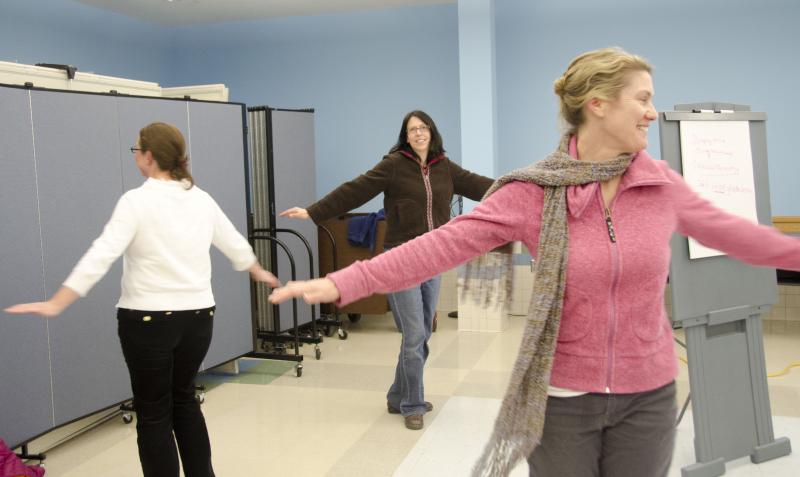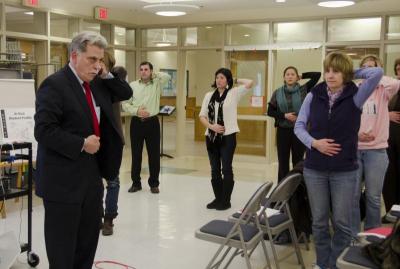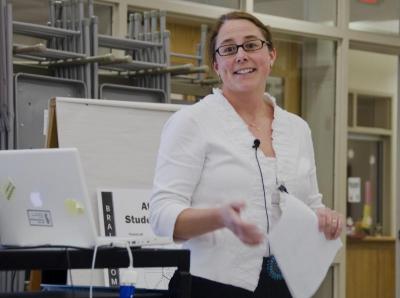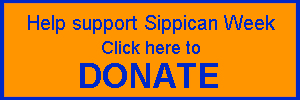Fidgety kids get help at local school
Many parents and teachers are dealing with fidgety kids who wiggle and wobble but can’t sit down.
But with help from educational consultant Joseph Schechtman, Old Hammondtown teacher Amy Casi is seeing her class of rambunctious fifth-graders calm down, become more confident, and improve their reading scores across the board.
Casi is the first Mattapoisett teacher to work with Schechtman, who specializes in helping at risk students and students with learning difficulties.
Casi said she agreed to be the “guinea pig” at the beginning of the school year. “I’ve learned a lot,” said Casi.
Schechtman helps kids by using several therapies, including a program called “Brain Gym.” The program uses motion to stimulate brain function and improve focus, and “kinesthetic breaks” that allow kids to move around and release energy.
Casi and Schechtman recently met with parents of fidgety kids at Center School.
One mom said she wants to learn how to get her kids to sit at the dinner table for half an hour, while another parent said she had a hard time getting her child to focus on homework.
“Most kids at this age are not wired to sit still,” said Schechtman. “You need to understand what you see on the outside is a reflection of what’s happening on the inside.”
Many kids who have difficulty sitting still, said Schechtman, are right-brained kids who learn better with visual and hands-on lessons. In addition to creating an encouraging learning environment, some simple activities can help kids work out the wiggles and tap into their left brains.
One exercise Casi said has helped her students to release fears and feel more confident is to imagine melting away a block of ice in their hands that contains all their worries.
While taking deep breaths the kids repeat, “I relax and melt all my problems away forever.”
Kids also release energy by putting their arms out and spinning until they get a little dizzy, which Schechtman said stimulates balance. The kids then close their eyes and breathe, putting one hand behind their ear and the other on their stomach to bring calm and focus.
As many unfocused kids have trouble reading, Casi does exercises to help her students follow lines, such as having kids trace a figure eight with each forefinger and then with both fingers together.
Staying hydrated and breathing deeply are also key to improving learning and developing a healthy response to stressful situations, said Casi. “When we get nervous, our breathing becomes shallow,” she said.
Casi said the exercises she does in class work better for some kids than others, and if a children need to use up some energy mid-day, no one judges them. “Nobody makes a big deal if one kid need to spin,” said Casi.
For more information on Brain Gym, visit www.braingym.com. Schechtman also recommends www.emofree.com, www.EnergyPsychEd.com, and Dr. John Diamon’s book “The Body Doesn’t Lie.
To contact Schechtman, call 401-245-0032 or email him at fquad@cox.net

















